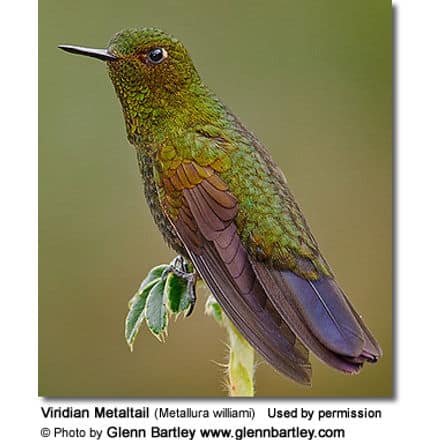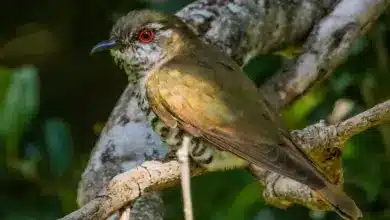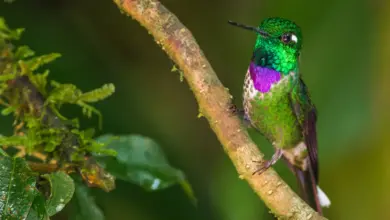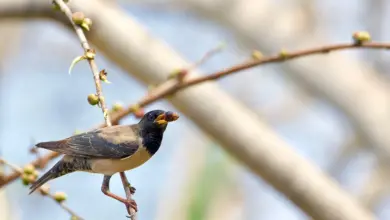Beautiful Firetail Finches
The Beautiful Firetail Finches (Stagonopleura bella) – also simply referred to as Firetail Finches or Firetails – are native to Australia, where they inhabit temperate shrubland habitats. They were named for their distinctive bright red rumps / upper tails.
Their life span is usually between 5 to 7 years, but well-cared-for captive birds can expect to live up to 10 years.
Distribution / Habitat
The Beautiful Firetails occur naturally in Southeastern Australia. Their range extends from the city of Newcastle in New South Wales east to Kangaroo Island southwest of the town of Adelaide in the state of South Australia, and south to the island of Tasmania and off-shore islands, where they are most common.
These finches are non-migratory, usually remaining close to their chosen territories. They are typically observed in pairs or small groups of up to 20 birds.
Subspecies and Ranges:
The subspecies are not universally recognized. Some authorities treat this species as monotypic as there don’t appear to be constant differences between the different populations.
Beautiful Firetail (Stagonopleura bella bella, Latham, 1802) – nominal subspecies
Range: Southeastern Australia – from the Hunter River, New South Wales to southern Victoria and Tasmania and Flinders islands.
Beautiful Firetail (interposita) (Stagonopleura bella interposita, Schodde and Mason, 1999)
Range: Originally described from Big Heath Conservation Park, in Naracoorte. Found is described as southeastern South Australia and adjacent southwestern Victoria.
Beautiful Firetail (samueli) (Stagonopleura bella samueli, Mathews, 1912)
Range: Kangaroo Island and Mount Lofty Range in South Australia.
Description
Size (Average)
Small, yet plump, finch.
Length: 4 – 5 inches (10 – 13 cm)
Weight: 0.5 oz (14 g).
Slightly smaller than the related Diamond Firetail Finch. Wings and tails are short and rounded.
Plumage Details / Adults
Upper plumage: Olive brown/black barred. The rump is deep red. Pale blue rings around the eyes.
The plumage below: white/black barred chest and throat. Males have black bellies.
The lores (area between the eyes and the bill) are black.
Juveniles:
- Duller plumage. The black markings on the face are less extensive. The beak is blackish.
Other Physical Details
- The thick bill is dark red in the adults.
- Legs and feet are creamy flesh-colored.
Diet / Feeding in the Wild
Beautiful Firetail FInches feed on ripe or partially ripe seeds of various grasses and Casuarina and Melaleuca plants. They will also take the leaves of grasses and herbs, as well as snails, insects and their larvae (particularly when breeding), and ripe or partially ripe fruits.
Breeding / Nesting
Beautiful Firetail finches are monogamous and pairs often form before they reach breeding age. They are slow to accept a mate, but once they have done so, they generally remain bonded for life.
They reach breeding age when they are about 9 – 12 months old. Most breeding is observed between October to January. If conditions are conducive to rearing young (plenty of food) they usually breed twice a year – once brood is raised in the spring and another in the fall.
Nesting is preceded by the male’s courtship ritual, which involves holding a long piece of green grass in his bill and then flying to a branch where he sits near the female. Then he puffs out his chest and begins to bob up and down emitting a long raspy sound.
The pair constructs the nest together. Males generally gather nest materials and females do all the weaving. The nest is usually located in dense folioage close to the ground. The nest is an elaborate bottle-shaped dome made out of green grasses and thing twigs and a long tunnel-like woven on one side leading to a round nesting chamber.
A clutch consists of 4 – 6 eggs which are incubated for about 20 days. Both the male and female share the incubation of the eggs. The hatchlings are born pink-skinned and just about naked. The parents feed regurgitated, half-ripe seeds to their hungry young who await them at the nest with their beaks wide open and moving their heads from side to side in anticipation of being fed. As they are being fed, they lay their necks flat on the nest floor turning their gape upwards. The young remain in the nest for about 20 days. However, they will remain close to their parents who will continue to feed and protect them for another 4 weeks, at which time the young will be independent.
Calls / Vocalizations / Sounds
https://www.xeno-canto.org/embed.php?XC=96889&simple=1
Alternate (Global) Names
Chinese: ???? … Czech: Amadina vlnkovaná … Danish: Ildhalefinke … Dutch: Vuurstaartamadine, Vuurstaartastrild … Estonian: viiramadiin … Finnish: Raitatuliperä … French: Diamant à queue de feu, Diamant à queue-de-feu … German: Feuerschwanzamadine, Feuerschwanz-Amadine … Italian: Diamante codadifuoco / magnifico …Japanese: sazanamisuzume Norwegian: Bandittastrild, Ildhalefink … Polish: krasniczek falisty … Russian: ?????????????? ??????? ??????? … Slovak: diamantovka vlnkovaná … Spanish: Diamante Hermoso, Pinzón Cola de Fuego Precioso … Swedish: Bandad eldstjärt
Further Finch Reading
- Finch Information
- Index of Finch Species
- Photos of the Different Finch Species for Identification
- Common Health Problems of Finches
- Finch / Canary Diet / Nutrition





